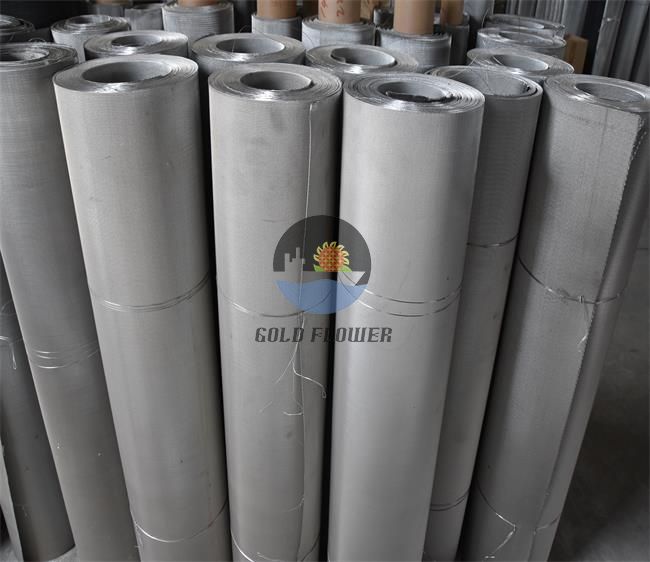Sep . 07, 2024 19:29 Back to list
Formaldehyde Filter - Clean Air Solutions for Your Home and Office
Understanding Formaldehyde Filters An Essential Aspect of Indoor Air Quality
Formaldehyde, a colorless gas with a strong odor, is a common indoor air pollutant that poses significant health risks. It is widely used in the production of household products, including furniture, carpets, and building materials, leading to its accumulation in indoor environments. To combat the adverse effects of formaldehyde exposure, formaldehyde filters have become a vital tool in improving indoor air quality.
Formaldehyde filters are specially designed to capture and reduce concentrations of formaldehyde in the air. They work through various mechanisms, including adsorption, chemical reactions, and catalytic oxidation. The most common types of filters incorporate activated carbon, zeolites, or specialized resins that specifically target formaldehyde molecules. These filters are often integrated into HVAC systems or used in air purifiers, providing a practical solution for households and offices.
The importance of maintaining low formaldehyde levels cannot be overstated. Prolonged exposure to formaldehyde has been linked to a range of health issues, including respiratory problems, skin irritation, and even cancer. The World Health Organization (WHO) has classified formaldehyde as a carcinogen, underscoring the need for effective mitigation strategies. By utilizing formaldehyde filters, individuals can significantly reduce their exposure to this harmful compound, fostering a healthier living environment.
formaldehyde filter

Moreover, formaldehyde filters contribute to the overall indoor air quality (IAQ), which has become a centerpiece of public health discussions
. Poor IAQ can lead to a phenomenon known as “sick building syndrome,” where occupants experience a variety of symptoms, including headaches, fatigue, and respiratory issues, stemming from indoor pollutants. Implementing formaldehyde filters, along with proper ventilation and sourcing low-emission building materials, can greatly enhance IAQ and protect occupants' well-being.However, it is essential to understand that not all formaldehyde filters are created equal. When selecting a filter, consumers should consider factors such as filter lifespan, efficiency, and the specific technology used. Some filters may effectively remove formaldehyde but have a limited lifespan, requiring frequent replacements. Others may utilize chemicals that can produce secondary pollutants, negating the benefits of removing formaldehyde. Therefore, thorough research and informed purchasing decisions are critical to ensuring the effectiveness of any air purification system.
In addition to utilizing filters, adopting preventive measures can further decrease formaldehyde levels in indoor spaces. This includes choosing low-formaldehyde or formaldehyde-free products, improving ventilation by opening windows or using exhaust fans, and maintaining optimal humidity levels. These actions, combined with the use of formaldehyde filters, create a comprehensive strategy for reducing indoor pollution.
In conclusion, formaldehyde filters play a crucial role in safeguarding indoor air quality. As awareness of the health risks associated with formaldehyde exposure continues to grow, investing in effective filtration systems and implementing complementary strategies becomes increasingly important. By making informed choices and taking proactive measures, individuals can ensure a healthier living environment, free from the adverse effects of formaldehyde and other harmful pollutants. The journey toward better air quality begins with understanding and addressing the risks posed by indoor pollutants, making formaldehyde filters an essential part of that journey.
share
-
Metal Fly Curtains Durable Insect Barrier & Ventilation Solution
NewsMay.15,2025
-
ODM Steel Crimped Mesh High-Strength & Customizable Solutions
NewsMay.15,2025
-
Wire Mesh Filter Elements Durable & Affordable Filtration Solutions
NewsMay.14,2025
-
Professional Chain Link Fence Installation Services Fast & Affordable
NewsMay.14,2025
-
Premium Dutch Woven Wire Cloth Exporter Durable & Versatile Solutions
NewsMay.13,2025
-
Best Galvanized Wire Mesh for Gabion Baskets OEM & Durable
NewsMay.13,2025

